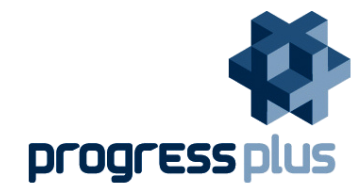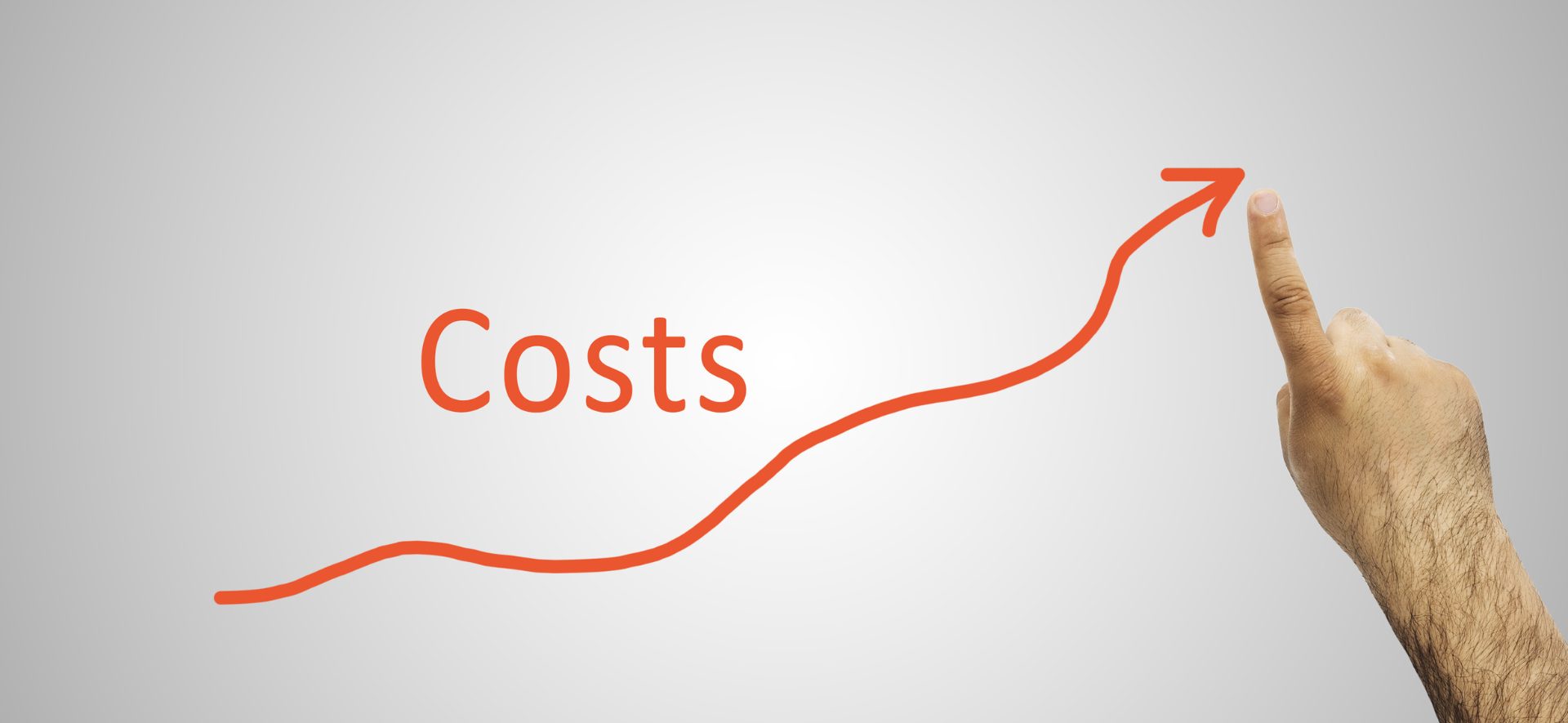In the ever-evolving landscape of business software, a shift is occurring. Companies that once sold perpetual licenses are now steering customers towards subscription-based models. This change, reminiscent of Sage’s controversial pivot, which is still causing ripples across the industry.
We have recently had an influx of enquiries from existing users of a system that the vendor claims “is trusted by hundreds of UK & Ireland manufacturing businesses”, with their customers commenting to us that they are not happy about being switched to subscription pricing. These long-time users of the competitors’ perpetual license systems are finding themselves forced towards a subscription service, despite having already invested in a perpetual license. This practice has left many customers feeling they are effectively paying for the product twice.
The infographic below illustrates the long-term financial impact of such a decision. Company A, adhering to perpetual pricing, contrasts with Companies B and C, which have adopted different subscription pricing strategies. Over a span of 10 years, the costs associated with a subscription model can substantially exceed those of a perpetual license, especially when continuous support and upgrades are taken into account.
The dissatisfaction is palpable among users who have expressed their dismay with the new subscription-based models, which shift the systems to cloud-only setups accompanied by what they consider exorbitant annual fees. Their search for alternatives demonstrates the extent of the current unrest.
This feedback underscores a critical insight into the software industry: customer support can be as pivotal as the product itself. As these companies transition to new business models, the standard of support and service may ultimately determine where customers place their loyalty.
For businesses assessing their software options, this evolving market landscape highlights the importance of considering not only the sticker price but also the total cost of ownership. With subscription models becoming increasingly common, it’s crucial for organisations to be aware of the long-term financial implications and the calibre of post-purchase support they can expect.
Why Subscription Models Can Be Problematic
- Misleadingly appearing cheaper: Subscription models often appear more affordable upfront, misleadingly appearing cheaper, but over time, the costs can add up significantly, surpassing the total cost of a perpetual license.
- Switching and charging twice: Software vendors forcing customers to switch to subscription models despite their existing perpetual license investments, effectively charging them twice for the same product.
- It is not cheaper: As shown in the infographic, subscription models are more expensive in the long run, especially when considering continuous support and upgrades.
Who Benefits from Subscription Models?
Subscription models primarily benefit the software companies themselves, as they provide a steady stream of recurring revenue. However, for customers, the long-term costs and lack of ownership can be detrimental.
The Importance of Trusted Providers
When selecting manufacturing software, it’s crucial to choose a provider you can trust. Independent companies like Berkeley Myles Solutions prioritise customer satisfaction over shareholder interests, ensuring a more transparent and reliable partnership.
The Way Forward
As the software industry continues to evolve, businesses must carefully evaluate their options and consider the total cost of ownership. Perpetual license models, when available, can provide more long-term value and stability.
However, if subscription models are the only option, it’s essential to thoroughly assess the provider’s reputation, support quality, and long-term costs before making a decision.


